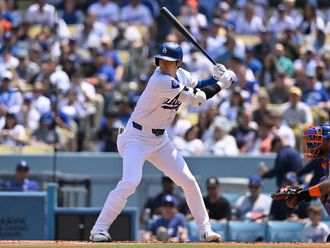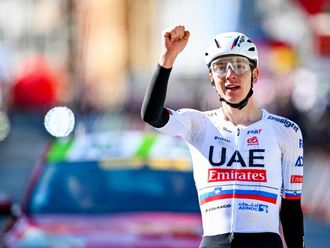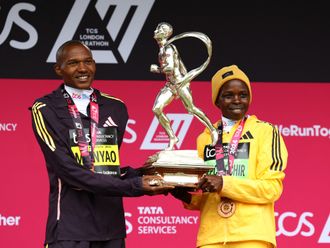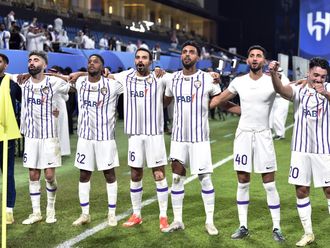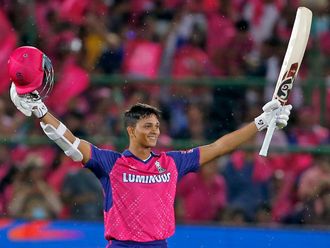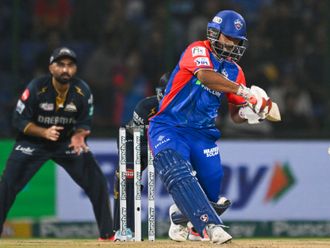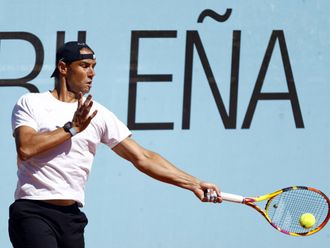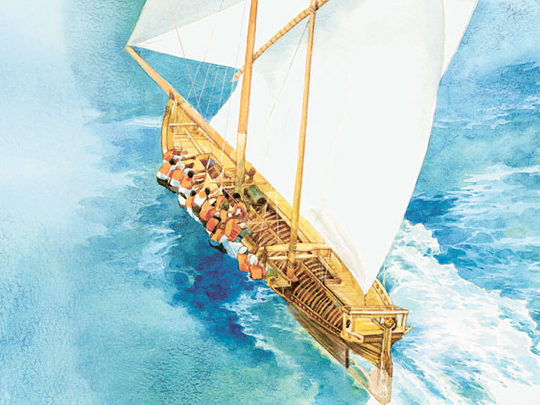
After weeks of preparations, nearly 100 boats will start their journey back from Sir Bu Na'air Island in what is traditionally called Al Gaffal or the return home. All will have their eyes on helping themselves to a chunk of the prize purse of Dh10 million, with Dh500,000 awaiting the winner. With a structure put in place by Shaikh Hamdan Bin Rashid Al Maktoum, Deputy Ruler of Dubai and Minister of Finance, since 1991 in an attempt to keep traditional dhow sailing alive, all boats that enter the race will receive prize money with the last one taking home Dh50,000.
History
For the scores visiting the shores of the UAE, a ‘dhow' could mean a sunset dinner cruise, but to the adventurous it means the wooden boats that have over the years become a lifeline inter-woven in the history of the nation. For time immemorial, the dhows have been the backbone behind the development of the UAE, right from transporting cargo that range from cabbages to cars up and down the Arabian Gulf, and to Iran and East Africa — just like their forefathers over centuries. For a growing number of Emiratis, dhows today mean racing — a consuming passion having a deep emotional resonance as part of their heritage.
1930s
For centuries the people of the Gulf barely eked an existence out of their brutally hot and dry environment with fishing and pearl-diving their only sources of income. During the summer months, men would leave the desert and join the pearling fleet.
That fleet, which numbered as many as 1,200 dhows at its peak, consisted of several different styles of boat — sm'aa, shahouf, baqqarah and jalboot in the local dialect — which, along with various types of fishing boats and the larger trans-ocean cargo boats, were known generically as dhows.
The design of the dhow changed little over the ages and in the ‘mahmel' boats that make up today's racing dhow fleet, we see a strong resemblance to the ‘jalboot'. Built to a 200-year-old design, with their broad beam, shallow draft and lack of a weighted keel (the ballast being up to 50 sandbags plus the crew's weight) they are more like an 18-foot skiff than an America's Cup yacht.
They carry a vast amount of sail — and, like the America's Cup boats, no engine. On weekends between mid-October and the end of May, the racing fleet is often 40 or 50 strong, depending on the class — either the 60ft, the 43ft or the small 22ft boats.
The advent of cultured pearls witnessed in the 1930s saw the near-end of the dhow fleet.
1980s
By the mid-1980s there were a mere handful dhows left — and the usage of about 400 words related to pearl-diving and the boats that served the trade were on the verge of extinction.
That is when Shaikh Hamdan Bin Rashid Al Maktoum stepped in, asking the Dubai International Marine Club (DIMC) to begin promoting and organising dhow races in order to preserve the heritage of the land.
Under the leadership of its chairman Saeed Hareeb, DIMC set up races to encourage the building of new boats and established rules to ensure that the ‘mahmel' retain the traditional design: they must be built only of teak, the hull planks set edge-to-edge not overlapped, varnished not painted (traditionally the hulls were limed below the waterline to deter barnacles and the rest left untreated). The lateen rig remained unchanged, although sails are now allowed to be polyester rather than cotton. In order to preserve the integrity of the tradition, and the oral history that goes with it, dhow racing is open only to sailors of the land.
It's back to business for the dhow builders. The master carpenters, originally from India's Malabar coast, from where the teak is also sourced, are handing down the skills to the next generation.
At the Al Bateen yard in Abu Dhabi — regarded as the best ‘mahmel' builder in the country — there is a backlog of orders and this augurs well for the future.
Even today there are no major changes: the boards are hand-sawn and chiselled as they had been for centuries. There are no drawings or plans and the design exists only in the mind's eye of the builder.
With so much at stake in a season packed with races, owners constantly ask for modifications in an attempt to increase the speed of the dhow — an amended curve here, a tweak to the lines there… exactly like the owners of modern racing yachts.



